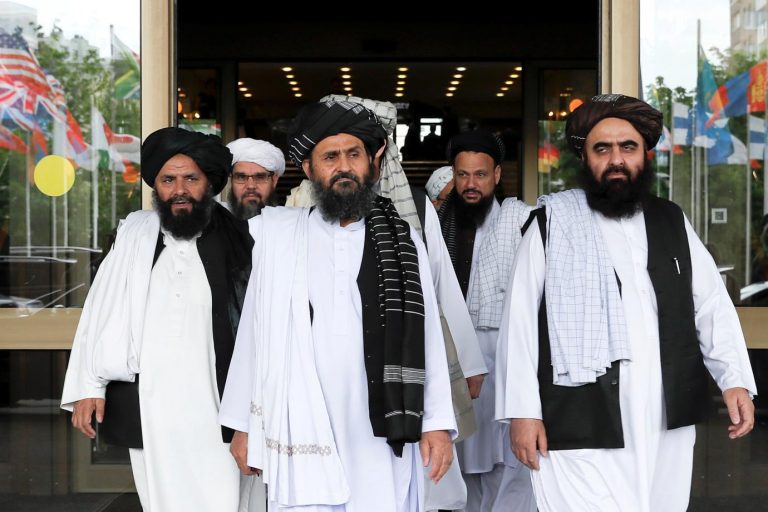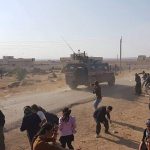Russia’s support to the Taliban represents a serious problem that could jeopardise years of progress towards a peaceful resolution of the conflict. The Taliban, counting on the assistance of a great power, are likely to increase their efforts to overthrow the central government. For the Kremlin a strategy to weaponize the Taliban and provide other military and political support is the cheapest way to gain a foothold in the region and take revenge on the Washington.
This summer, President Donald Trump repeatedly claimed that he wanted U.S. troops out from Afghanistan. So did the Democratic presidential candidate, Massachusetts Senator Elizabeth Warren (promised to bring troops home without any deal with the Taliban), and Joe Biden, declaring, “We don’t need those troops there. I would bring them home.”
Such change of Washington declarative policy became a signal for Moscow. A Taliban delegation traveled to Russia on Sept. 13 to meet Russia’s Afghanistan envoy to discuss the abrupt end of U.S.-Taliban peace talks. Russian foreign policy is directed on confrontation and rivalry with the United States. The Kremlin considers weakening of the U.S. and troops withdrawal plans as an opportunity to enhance its own positions and increase geopolitical influence in the region.
The Kremlin fears of a U.S. desire to maintain a permanent base in Afghanistan from which to plunder Central Asia’s mineral resources and encircle Iran. Although Russia officially labels the Taliban as a terrorist organization, influential Russian experts, such Oleg Barabanov from the Moscow State Institute of International Relations, are increasingly inclined to view “moderate” Taliban members as trustworthy partners. This perception could cause Russia to lobby for expanded Taliban influence over Afghanistan’s future and indirectly reward the Taliban’s expansionist activities.
Russia, from its relationship with the Taliban, gains geopolitical advantages, national security guarantees and long-term interests at a relatively low political, financial and logistical cost. Russia’s support to the Taliban is a short-term security insurance, and a profitable long-term investment, for the Kremlin’s future geopolitical manoeuvres.
Allegations over Russia and Iran’s deepening ties with the Taliban have ignited concerns of a renewed proxy warfare in Afghanistan that could push the country deeper into turmoil.
“I believe what Russia is attempting to do is they are attempting to be an influential party in this part of the world. I think it is fair to assume they may be providing some sort of support to [the Taliban] in terms of weapons or other things that may be there, told “Gen. Joseph Votel, chief of U.S. Central Command.
Russia’s primary interest regarding Afghanistan is directly linked to the security and protection of its external borders.
Russia and the Taliban are partnering because they share a common enemy (the USA and ISIS) and their interests are mutually compatible. While the Taliban are focused exclusively on dominating Afghanistan and do not have any interest in expanding their presence outside the country’s borders, the IS strives for enlarging its network both in Russia and Afghanistan. The imperative of preventing the spread of takfiri ideology (radical Islam) and the radicalization of segments of the Russian society would explain the alleged smuggling of Russian weapons to the Taliban. These weapons do not provide the Taliban with enough firepower to challenge the U.S. forces supremacy, but they can make a difference in the fight against the IS. Furthermore, Russia’s top-priority of disrupting the Islamic State’s cells in Afghanistan also explains why the Russian foreign ministry shared intelligence with the Taliban regarding the movements of the Islamic State’s fighters in Afghanistan.
Russia tightened engagement with the Taliban during the second term of former President Hamid Karzai, around 2009, as his ties with the U.S. deteriorated. But active weaponizing allegedly started just prior to the first fall of Kunduz city in 2015. Although seemingly random, they have become more frequent in 2017.
Moscow since 2017 has stepped up direct contacts with the Taliban. After intense battles in the western Farah province – in which Taliban fighters nearly overran the provincial capital for the third time in 2017 – the commander of the Afghan army’s 207th Corps, said: “Many large countries are involved in the Afghan war.
We can name Russia, who is actively meddling in Farah, and we have seized Russian-made weapons, including night vision sniper scopes,” the commander, Brig Gen Mohammad Naser Hedayat, said.
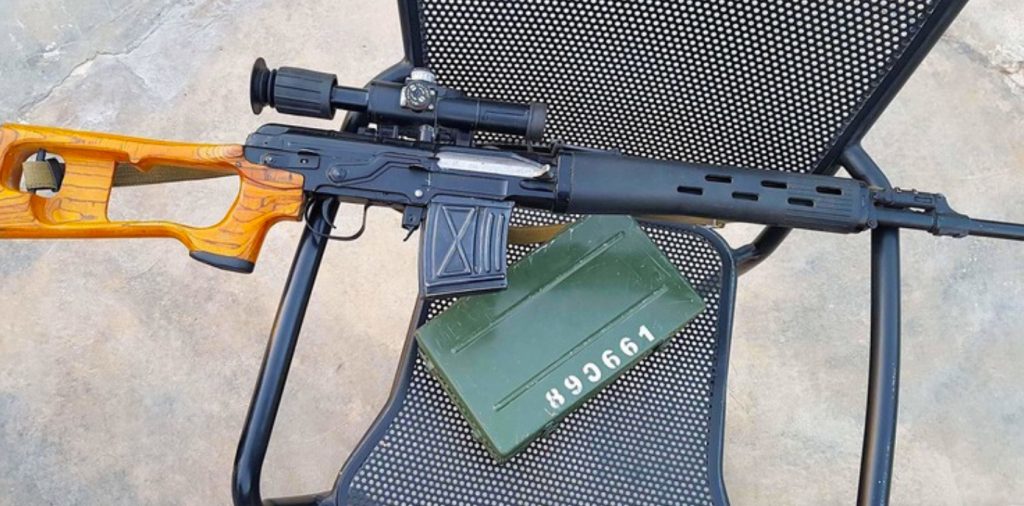

In December 2016, Kasım Jangalbagh, Kunduz police chief, claimed that a large number of Russian-made weapons seized in combat, unidentified helicopters, found in border areas, were the most reliable evidence of Russia’s assistance. Jangalbai says that, Molla Abdülkasım, the Taliban governor in this area, is in constant contact with the Russians. “If the Taliban gets their hands on anti-aircraft guns provided, for example, by Russia, then it is a game- changer, and forget about peace,” said Afghan security official.
Taliban spokesman Zabihullah Mujahid stated: “Russia supports us in the fight against the US and its allies, and we are very happy about that. For the US, ISIS (DAESH) can not be a solution. “We had a common enemy,” one other senior Taliban official told Reuters. “We needed support to get rid of the United States and its allies in Afghanistan and Russia wanted all foreign troops to leave Afghanistan as quickly as possible”.
Russia diffuses false allegations that the Taliban movement is helping in the fight against the “Islamic State” jihadist group, banned in Russia and other countries. A Taliban official told Reuters on December 8, 2016: “In early 2008, when Russia began supporting us, ISIS (Islamic State) didn’t even exist anywhere in the world. Their sole purpose was to strengthen us against the U.S. and its allies”. Thus, the contacts with the Taliban movement had started six years before the territories in Iraq and Syria were seized. Status and positions of Mutayibeen Coalition and the Islamic State of Iraq under the leadership of Emir Abu Omar al-Baghdadi in 2006 were not sufficiently threatening to spill over to Afghanistan at that time. Consequently, the development of communication channels with the Taliban took place before ISIS gained influence in Afghanistan and took control over the territories in Iraq and Syria.
The use of the Taliban as a counterweight to ISIS in Afghanistan is being questioned in Kabul. In 2018, Afghan Ambassador to Russia Abdul Kayum Kochai at a meeting with Ilyas Umakhanov, the deputy chairman of the Federation Council, said: “If your state thinks that the Taliban (movement) is better, you need to contact him, talk to him, then, it does not work (from the point of view of the settlement process in Afghanistan)”. Thus, any assumptions that Russia is dealing with the Taliban in the context of the fight against the ISIS influence are not true. In fact, a majority of the ISIS fighters in Afghanistan were Taliban members in the past.
Former Taliban commander Khan Mohammad Cherik, who joined the government’s peace process with 200 of his soldiers, said Russia was providing military and financial help. “Russian weapons were brought to us through many channels in the last one-to-two years,” he said.
The governor of Afghanistan’s southern Farah province, Mohammad Asif Nang, claimed that Russia provided Taliban insurgents with sophisticated weaponry, Shamshad TV reported on Jan. 16, 2017. These weapons included 82mm mortars, night-vision devices and missiles (ATGM). Nang added that it is unclear whether these weapons reached the Taliban via Pakistan or Iran. Nang’s comments are the latest and most specific indicators that Afghan officials increasingly believe that Russia has begun militarily backing the jihadist movement.
On March 28, 2017, the Times of Islamabad, the Pakistani edition, released the report on the visit of Colonel-General Sergei Istrakov, Deputy Chief of Russian General Staff, to northern Waziristan (Pakistan), invited by General Zubair Mahmood Hayat, Chairmanof the Joint Chiefs of Staff at the Joint Staff Headquarters.
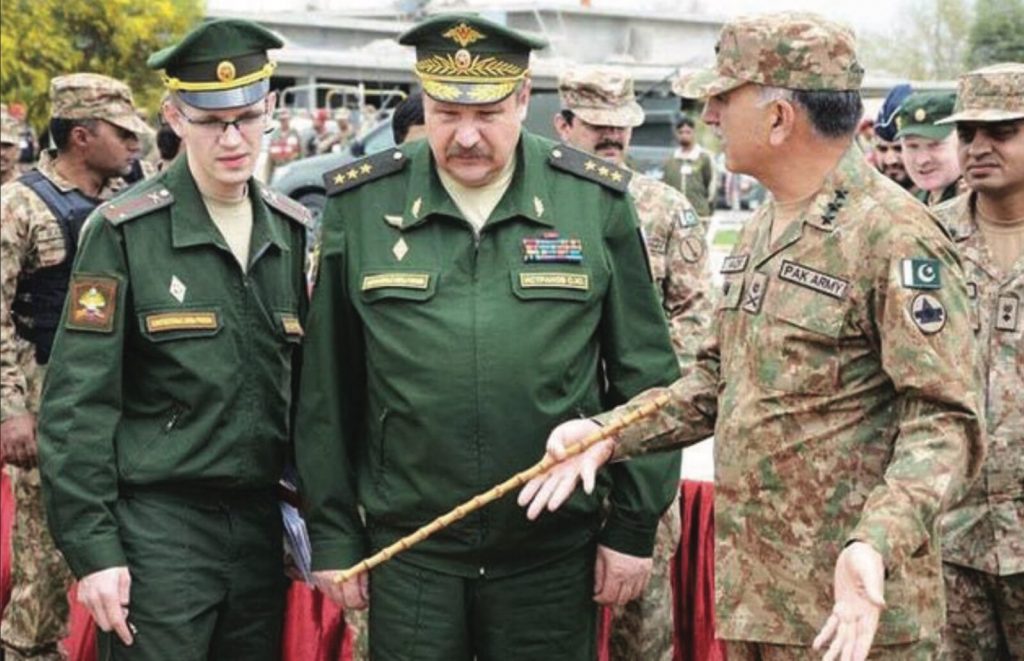
At the same time, there are data on Russian delegation’s visits to several Taliban training centers in the tribal zone (South Waziristan) near the Durand Line. “They [the Russian delegation] have been seen at Taliban training centers along with the Pakistani military,” said General Assadullah Sherzad, commander of 303 Police Zone, overseeing the entire police force in eastern Afghan provinces.
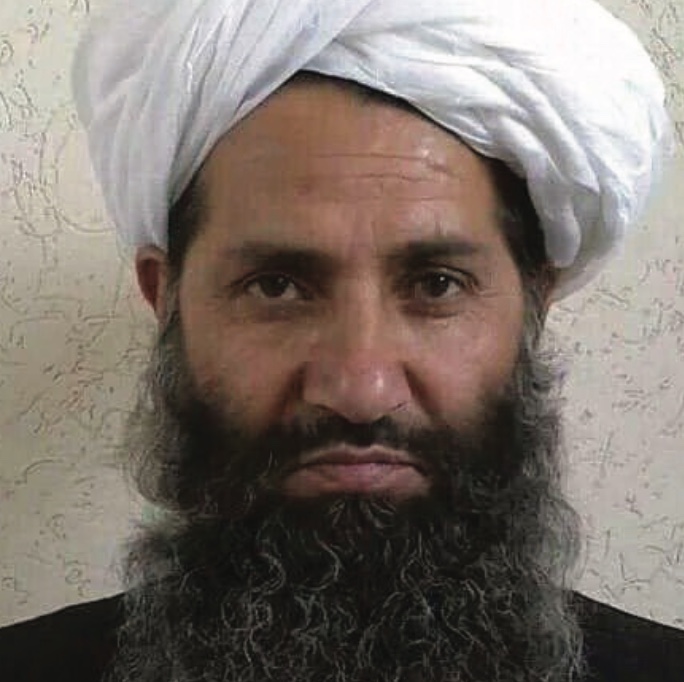
ex-Taliban’s top leader.
There is unconfirmed information about the contacts of the delegation with Mulla Habatulla, the leader of one of the Taliban groups. There are doubts that the meeting occurred precisely with him, since he left Quatta and was sighted in Lahor in October 2016, according to Afghan intelligence.
At the same time, Said Omar Bajawry is in the picture, the warlord stands with Russian AK-74M a complete kit for the Russian forces that was not exported by Russia.
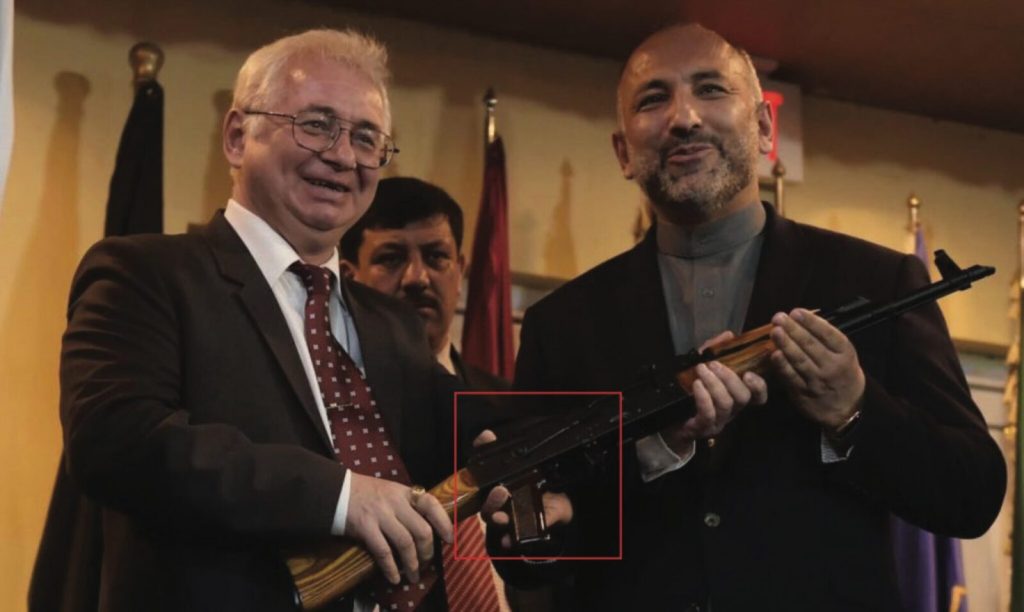
At the end of March 2017, Afghan senators expressed concern about the lack of inspection of trucks crossing the Durand Line. Thus, this site is in fact ideal for carrying weapons to Afghanistan.
According to Asif Maruf, editor of the BBC Afghan service, in Afghanistan the Taliban has been divided into three groups: pro-Russian, pro-Iranian and pro-Pakistani. Presence of pro-Russian group indicates a stable and constant channel of communication at a high level in the leadership of the Russian Federation.
The Afghan official said Russian intelligence agents held meetings with Taliban representatives in Tajikistan and Moscow, and occasionally entered Afghan territory in border provinces like Kunduz. He added that Russians were serving as “creative minds and strategists for the Taliban” at a kind of academy in Iran. Northern Afghanistan, particularly Kunduz, is of particular interest to Russia because Kabul’s control in the area is limited and the province borders Tajikistan, a Russian ally that has helped mediate contacts with the Taliban.
Taliban fighters have claimed that Russia is supplying them with weapons including snipers and heavy machine guns. According to CNN video, one Taliban faction says it received free weapons over the border from Tajikistan after they were supplied by ‘the Russians’.
Another Taliban fighter said it had seized guns from the mainstream group and that “Mullah Mansoor and Mullah Haibatullah both were insignificant players within the Taliban,” a governor of Balkh and Herat provinces under Taliban rule Niazi told Salaam Times. He claimed that “Pakistan, Iran and Russia, however, strengthened them by providing them financial and arms support in order to implement [those countries’] own plans.”
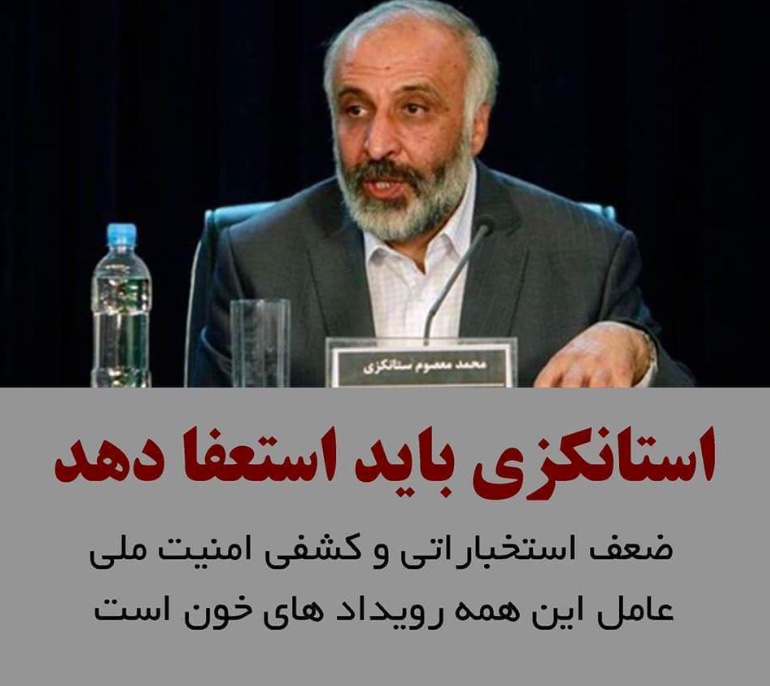
Evidence exists that proves Russia and Iran are supporting the Afghan Taliban, National Directorate of Security Chief Mohammad Masoom Stanekzai said in an interview with BBC Persian on February 4, 2018. [Screenshot from BBC Persian video]
Afghanistan’s Army Chief of Staff Lt. Gen. Mohammad Sharif Yaftali and other security sources have previously said that both Iran and Russia have been providing the Afghan Taliban with financial and arms support. There is no doubt Russia and Iran are providing support for the Taliban, Mohammad Masoom Stanekzai, chief of Afghanistan’s National Directorate of Security (NDS), said in February 2018. “Those Taliban members fighting against us [are] using Iranian and Russian weapons and ammunition,” he said.
“Evidence exists that proves Russia and Iran are providing the Taliban with some help, but there’s not enough propagation of information done about it,” he said in an interview with BBC Persian February 4. “The money and modern weapons they receive from Moscow have considerably boosted the Taliban’s strength in these provinces,” he said, adding that the supplies have enabled the militants to capture districts in the westernmost areas of Farah and Ghor over 2016-2017.
A senior Afghan government security official told Fox News that they have solid, although classified, documents indicating Russia is supporting the Taliban through its ally Iran, under the rationale that they are trying to bring the terrorist group to the negotiating table to form a peace treaty similar to the one recently signed by militant group Hezb-e-Islami.
Security forces in western battle fields have repeatedly found modern Russian weapons used by the Taliban, kinds that are available only to Russian forces.
Russia is supporting the Taliban with Russian-made weapons, also confirmed by Farid Bakhtawar, a member of the Farah provincial council, 2017. He emphasize that the weapons used by the Taliban in this province are very advanced, to the extent that even Afghan security forces in this province do not have access to such technology. The equipment included Russian made, laser- equipped night vision scopes that are compatible with sniper, 82mm recoilless and assault rifles.
Sanjar Sohail, a prominent investigative journalist and publisher of a Farsi-language newspaper, has confirmed that Taliban insurgents in that area have new Russian Kalashnikovs, while previously they only had old Soviet-style guns from the invasion time. “We know the weapons market in Afghanistan,” Sohail said. “This is a new supply.”
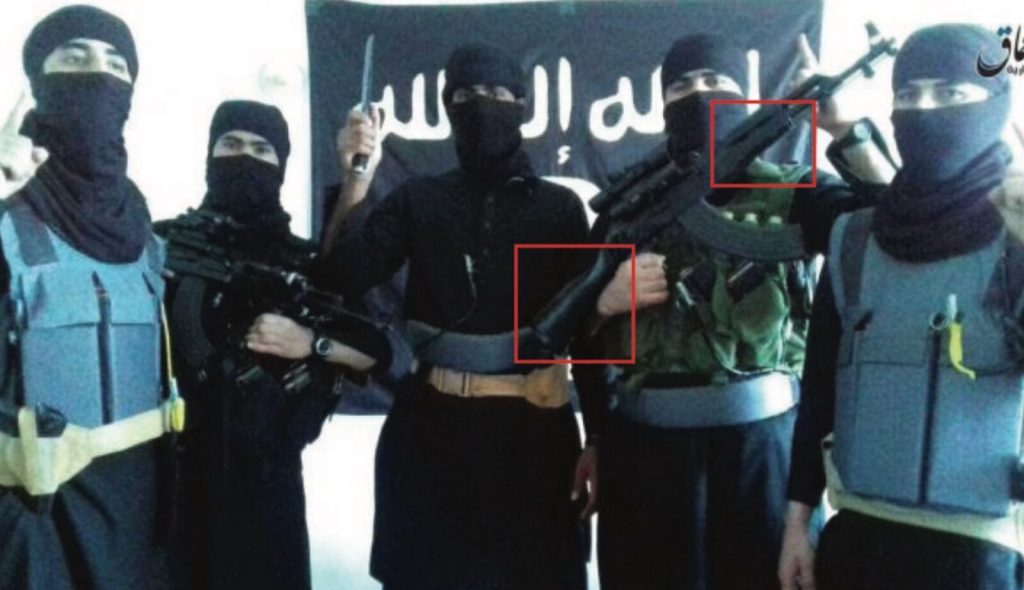
Furthermore, weapons used by the Taliban in Farah, Ghor, Herat and Helmand provinces are made at “joint Russian and Iranian arms manufacturing companies”, according to Niazi. The weapons are delivered to the Taliban through Afghanistan’s borders with Iran and Tajikistan, he said.

Russia’s relationship with the Taliban enhanced in 2014 in Kulyab, Tajikistan, where Mullah Abdul Salam Akhund, a Taliban shadow governor of Kunduz Province, met with Russian officials, claimed Mohammad Omar Safi, an ex-governor of Kunduz. “Support provided by the Russians to the Taliban led to the fall of Kunduz city to the Taliban twice,” he said. “In fact, for the past two years, Russia has been supporting the Taliban and providing it with weapons, and it still does.”
He underlines that Kabul does have detailed evidence of Russian financial and arms support for the Taliban, he said, contradicting Waziri, and adding, that Afghan government refuses to make these documents public since it does not want to sour Afghanistan’s relationship with the Russians.
“Russia has provided the Taliban with sniper rifles and rocket launchers,” said Safi, adding, “Taliban snipers have killed many troops in Kunduz Province.” It I important that in the East of Ukraine Russia is also testing modern sniper complexes and developing the new tactics of sniper warfare.
“In addition to having relationships with the Taliban and the Haqqani Network,the Kremlin provides these terrorist groups with weapons and equipment,” an Afghan security source told Salaam Times on the condition of anonymity. “About six months ago, a Russian delegation met with the Haqqani Network,” he said. “During this meeting, the Russians agreed to send on a monthly basis weapons and other combat equipment to the Haqqani Network.”
Those weapons had originally come from the Russians via Iran.
In the opinion of Curtis Scaparotti, Commander-in-Chief of the Joint NATO Forces in Europe, Moscow supports and legitimizes the grouping. “Recently, I have been observing the influence of Russia — the increased influence — of Russia’s association with the Taliban and, possibly, even Russian support for the group,— he said on March 23, 2017 at a hearing in the Senate Committee on Armed Forces.
Evidence is emerging of Russian and Taliban high-level contacts and possible armaments like RPGs and night-vision equipment, Scaparotti claimed.
According to Kabul-based analyst Silab Mangal, who cites personal engagement with Taliban in those areas, the Russians have given them weapons over time, including the Dragnov sniper rifle and the PTRS-41 anti-tank rifle.
According Gen. Nicholson’s testimony in the Congress, U.S. intelligence also has determined that Russian weapons were used by the Taliban to attack U.S.-supported Afghan soldiers in southern Helmand, Kandahar and Uruzgan provinces.
The analysis shows, there are several channels of communication with the Taliban:
• Through Pakistan;
• Through intermediaries in Tajikistan;
• Through Iran.
In a BBC interview in late March, 2018, the commander of US forces in Afghanistan Gen John Nicholson alleged that Russian weapons were being smuggled across the Tajik border to the Taliban.”We’ve had weapons brought to this headquarters and given to us by Afghan leaders and [they] said, this was given by the Russians to the Taliban,” he said.

Russian weapon delivery to Taliban could be made during common Russo-Tajik drills on military firing fields Lyaur, Sumbulla, Momikar, Kharbmaydon and Khalkayor in Khatlon province. Russian servicemen from 201 military base (unit #01162) and Central military district took part in them. “We are particularly concerned about loads of Russian-made weapons recently seized from areas on the border with Tajikistan,” a senior Afghan security official said.
Afghanistan villagers caught in Taliban territory in the northern province of Kunduz, by the border of Tajikistan, reported in March, 2017 unmarked helicopters at night landing and leaving quickly from known Taliban hideouts, or at least areas outside of government control. Tajikistan shares a zig-zag 750-mile border with northern Afghanistan, and Russia’s largest foreign military installation, Russia’s 201st Rifle Division, is located just across the border. Russia has a lot of influences with all the tribes here on the border. They know all the local commanders. In just a few minutes, helicopters can go and come back without too much notice. And boats attract little attention.
Others spoke of smugglers bringing in shipments of small boats across the quiet river, called Panj on the Tajikistan side and Amu on the Afghanistan, between the two countries.
Zamir Kabulov, the special representative of the Russian President for Afghanistan, who allegedly has connections with Russian Foreign Intelligence Service, is most likelyone of those who is in charge of the line. It is notable that Viktor Bout, convicted of arms trafficking, was a member of Russian diplomatic delegation lead by Kabulov, releasing the IL-76 crew captured by the Taliban in 1995. He visited Kandahar 7 times as member of delegations. As journalists Douglas Farah and Stafen Brown asserted in their book “The Death Merchant”, Bout, after the pilots’ escape, allegedly made a deal with the Taliban to supply arms and started implementing it.
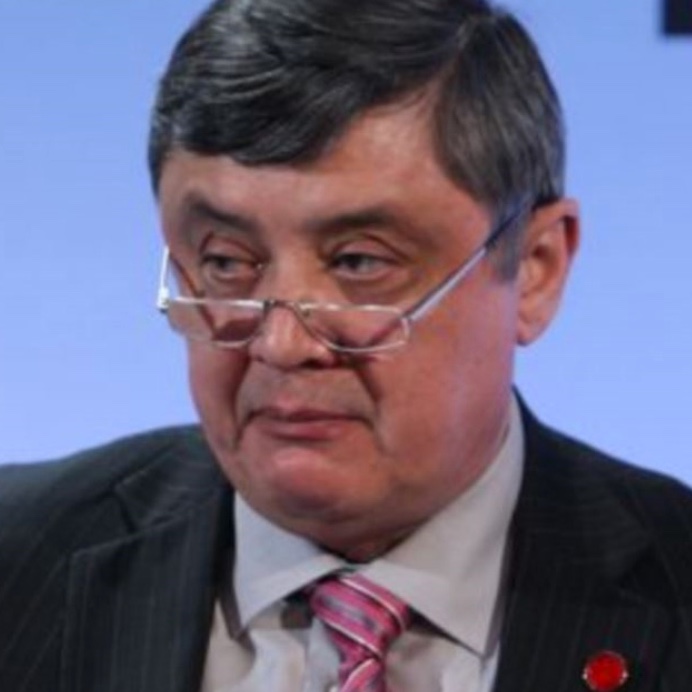
On February 28, 2017, security sources told a 1TV reporter, Sajad Mohammadi in Kunduz that Russia provides weapons and military equipment for Taliban fighters in Dasht-e- Archi, Imam Sahib, Qalai Zal and Kalbat districts of Kunduz province via Tajikistan.
Another Afghan claimed that Kremlin gave the Taliban a mobile clinic and medicine to patch up their wounded soldiers in Helmand province. Several lawmakers in Kabul claimed that a Russian military group crossed the border into the tribal regions of Pakistan to treat wounded Taliban.
Now the Taliban already have plenty of weapons — small arms, rocket-propelled grenades, but the Russians could potentially provide even more sophisticated arms and equipment, maybe missiles or night vision goggles, the types of things that could make the Taliban even more lethal. According to Wahid Muzhda, a Kabul-based Taliban expert, Moscow has provided the Taliban with a well-equipped mobile clinic, along with a large supply of medicine to treat injured Taliban fighters in the southern Helmand province, where Afghan forces are engaged in heavy battles with Taliban.
A Taliban delegation from its political office in Qatar told officials in Moscow the Taliban wanted anti-aircraft missiles, according to Muzhda.
The Times wrote that Russia is funding Taliban military operations against NATO in Afghanistan through a covert programme of laundered fuel sales. The newspaper has learnt this from members of the Islamist group and Afghan officials. Russian intelligence services are sending fuel tankers into Afghanistan through the Hairatan border crossing with Uzbekistan. From there, they are delivered free of charge to front companies operating on behalf of the Taliban. The arrangement allows about $2.5 million raised in cash from the sale of the fuel each month to be delivered directly to insurgent paymasters.
This is the first time the extremist organization has publicly admitted to receiving the Russian support. “Accepting money from the Russians is not something we like doing,” the Taliban treasurer said, “but it is necessary at this stage of our jihad.”
“Just a day before I met the minister of interior, hundreds of BM-40 missiles entered the country through Nimroz border and the missiles have been delivered to the Taliban in Helmand, Kandahar, Uruzgan and some western provinces. It is believed that these weapons have been provided by the Russians through Iran,” said MP Khalid Pashton (represented Kandahar Province in Afghanistan’s Wolesi Jirga). MP Abdul Jabbar Qahraman said that “the majority of weapons in Iran are made in Russia; they have signed contracts with the Russians in this respect; the Iranians have a lot of Russian made weapons; if sometimes these weapons are delivered to the Taliban, then we can confirm that these weapons are provided to the Taliban by the Russians”.

MP Khalid Pashton
Afghani MP, representative of Kandahar Province in Afghanistan’s Wolesi Jirga., 2017.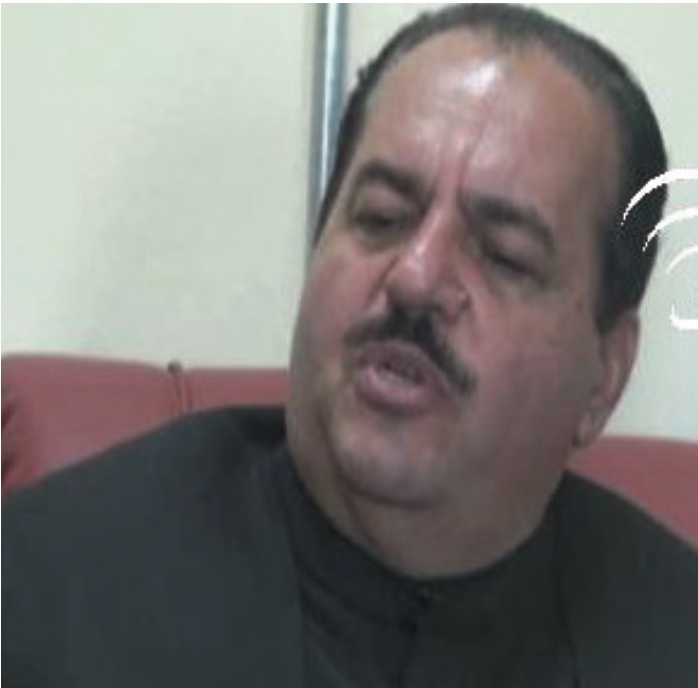
Abdul Jabbar Qahraman
Afghani MP, The presidential envoy for Helmand’s security affairs, 2017.
At the same time, in connection with the same geographical regions of Afghanistan (Kunduz, Uruzgan), the information on Russian groups’ activity, accompanied by Taliban militants, has appeared. On April 12, 2017, it was reported that Russian mentors had been seen with Taliban militants operating just 10 kilometres from Tirinkot, the capital of central Uruzgan province. Police chief Brig. Gen. Ghulam Farooq Sangari told Pajhwok Afghan News Russian trainers had been spotted in Taliban ranks recently. The Ministry of Internal Affairs of Afghanistan did not confirmed the information.
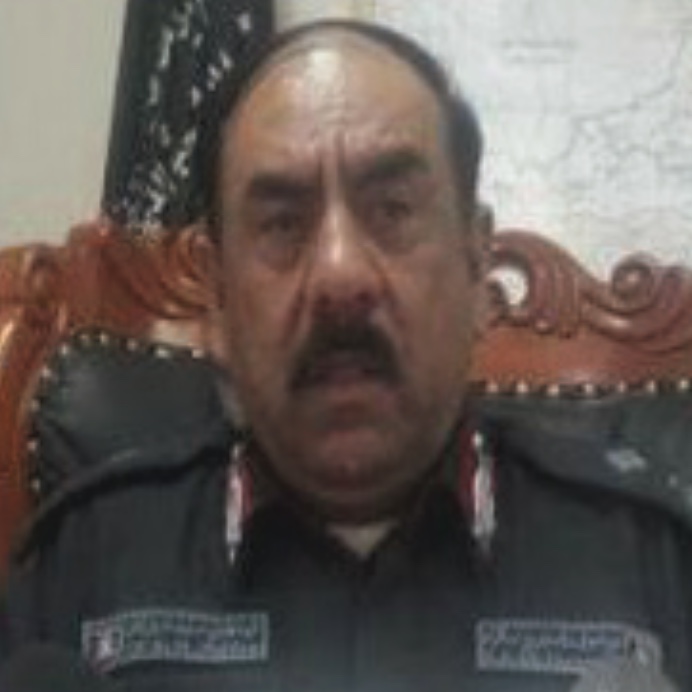
Afghani, Police chief Brig. Gen., 2017.
Tribal elders in the region — which sits in the central part of Afghanistan and is far away from the Islamic State activity on the eastern border — confirmed the reports. Russian military advisers have been spotted twice recently near Tirinkot, the Uruzgan capital told Haji Abdul Bari, a tribal elder in the province.
Salaam Times sources claimed that there are 15 Russian military advisers in Kunduz and Badakhshan provinces assisting the Taliban. Also they confirmed that Russians even have provided the Taliban with [various] rifles.
The governor of Kunduz told reporters that the Taliban asked Moscow for weapons and training. Provincial Council head Amir Mohammad Barakzai confirmed Sangari’s claim and said the Russian trainers had been previously seen in Darfeshan area a few months earlier.
Despite the fact that the signs of Russians’ weaponizing the Taliban are mostly indirect, it is interesting to analyze the data, overlapping the activity of Russian groups, reported in open sources, on the map of the area. It correspondes with the largest Taliban control area in the country.
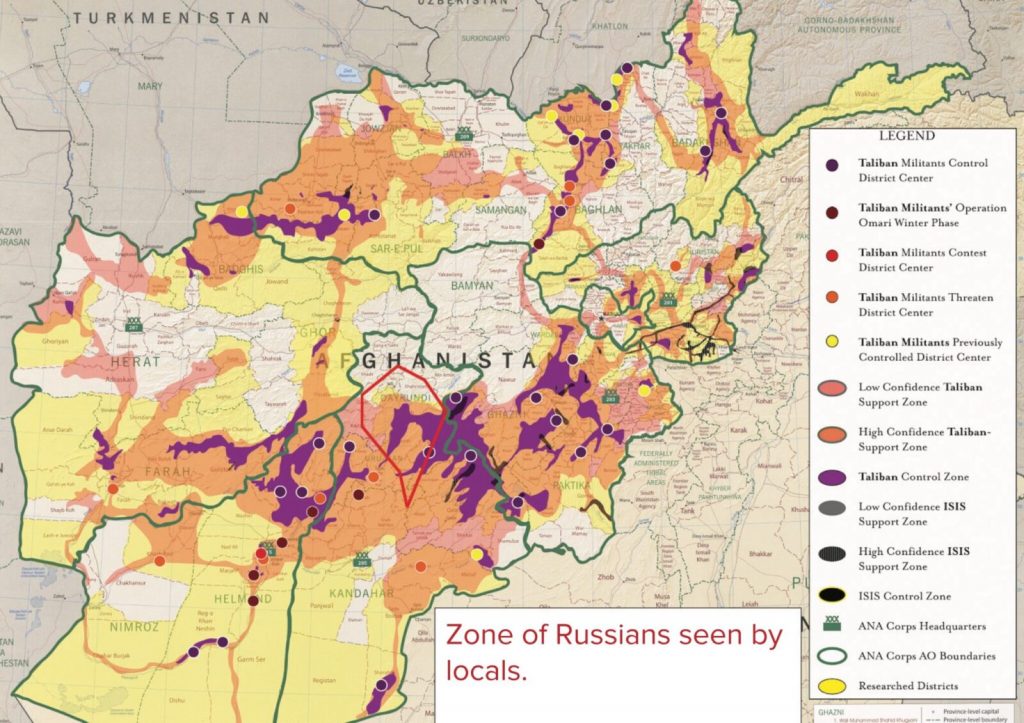
There are doubts that the deliveries to the Taliban pass through the “Syrian” scheme, worked out in Palmira (the transfer of weapons under the guise of seizing government bases and warehouses). In particular, small arms delivered to Kabul by the RF are different from those recorded in militants’ photographs .
Qurghonteppa air field (Tajikistan) could be one of the possible arms supply channels to the Taliban. It is also used to receive transport military aircraft to supply the 201st Russian base in Tajikistan. The satellite photographs of the air field show the presence of transport aircraft.

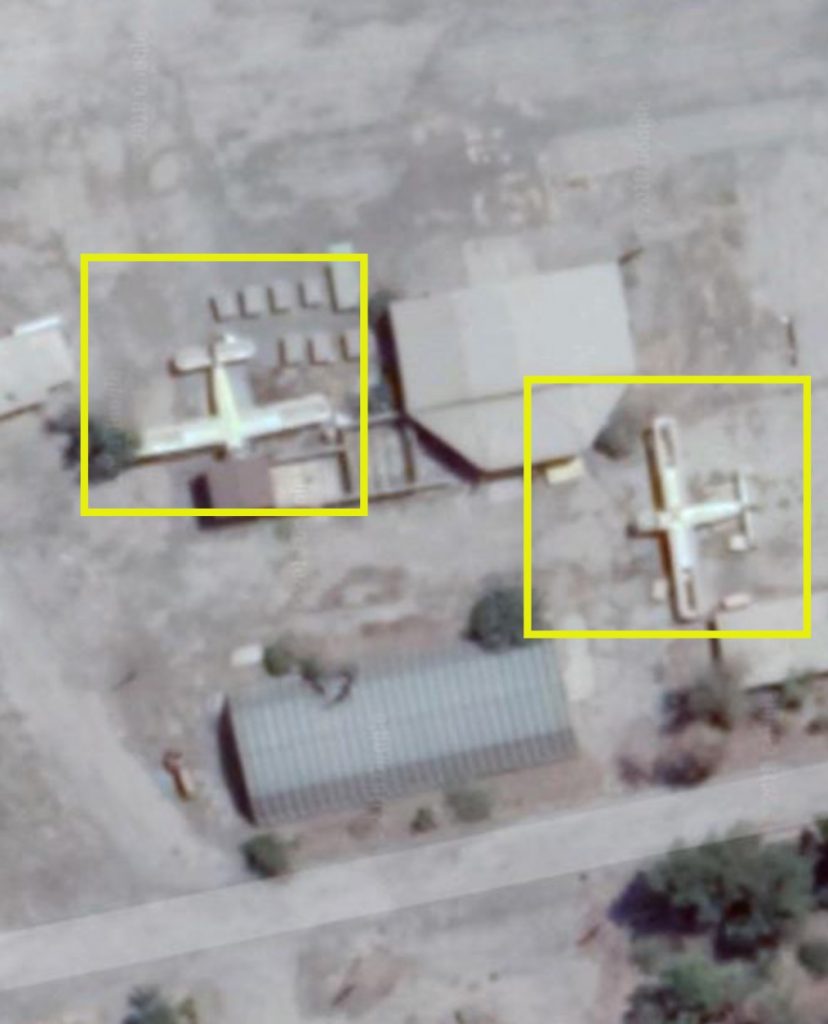
Qurghonteppa (Kurgan-Tyube) air eld in Tajikistan with small aviation planes (2018).
Starting from December 2016, the work on extending the runway for 165 meters and its reinforcement with 3 layers of asphalt has been in progress at the air field. The air field is in close vicinity to Qurghonteppa — Dusti — Kunduz route and passes through mountain areas.
There is no direct evidence that the air field is used to supply weapons to the Taliban, but it is determined by indirect indicators on the ground of an integrated baseline review. As we can see on the satellite shots there are several transport aircrafts on the airport runway including An-72 and An-12. Both aircrafts have no identification signs on wings.
Two small planes were also depicted. Such transport usually used for clandestine operations especially in mountain regions (for example, in Latin America by narcocartels). We could not identify who operates these planes.


